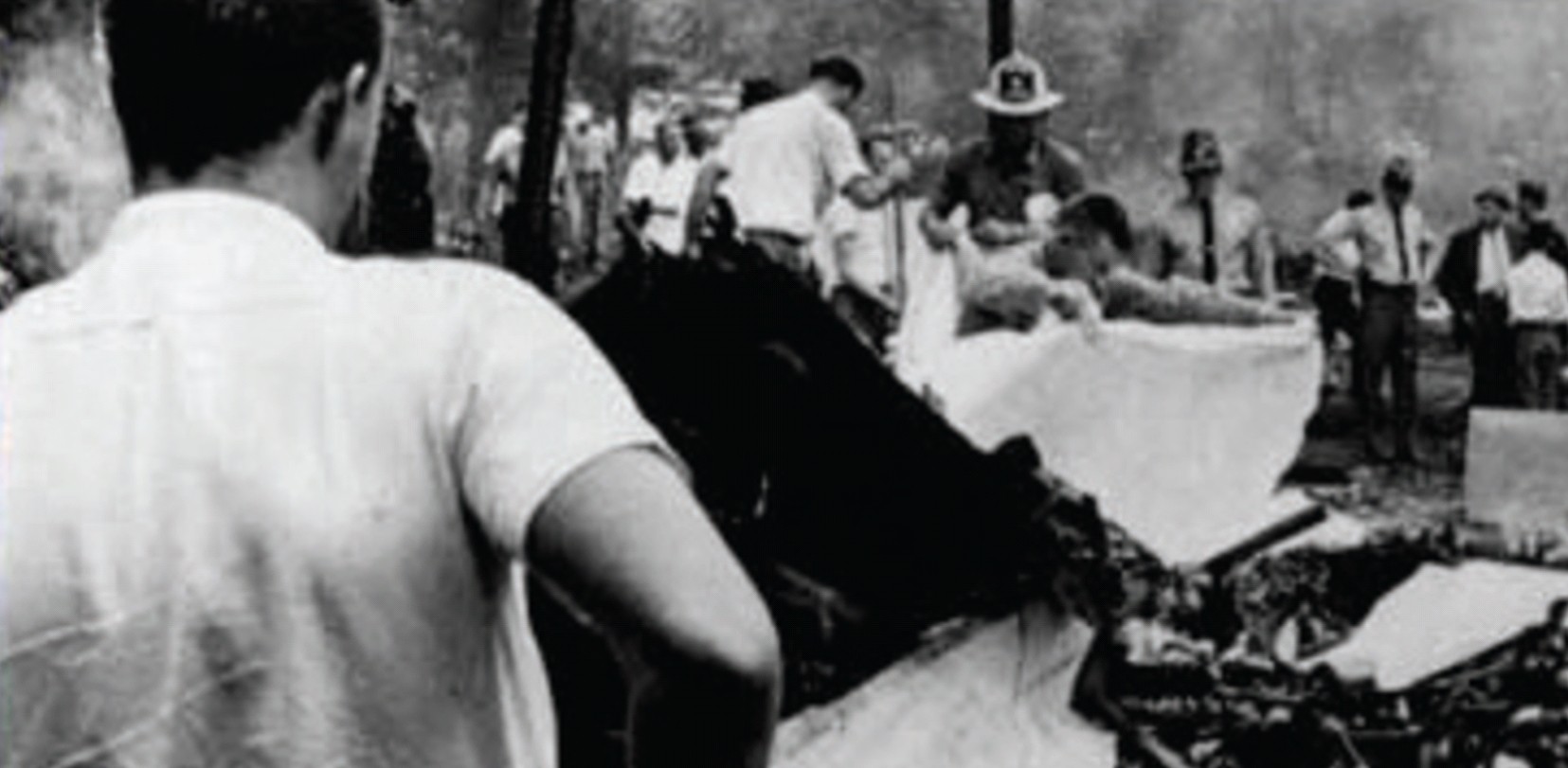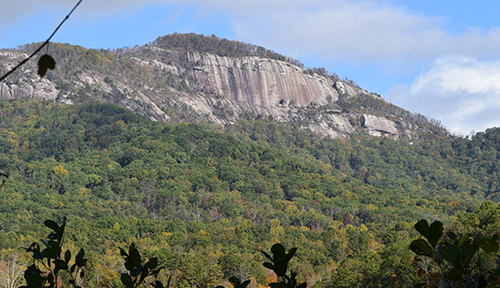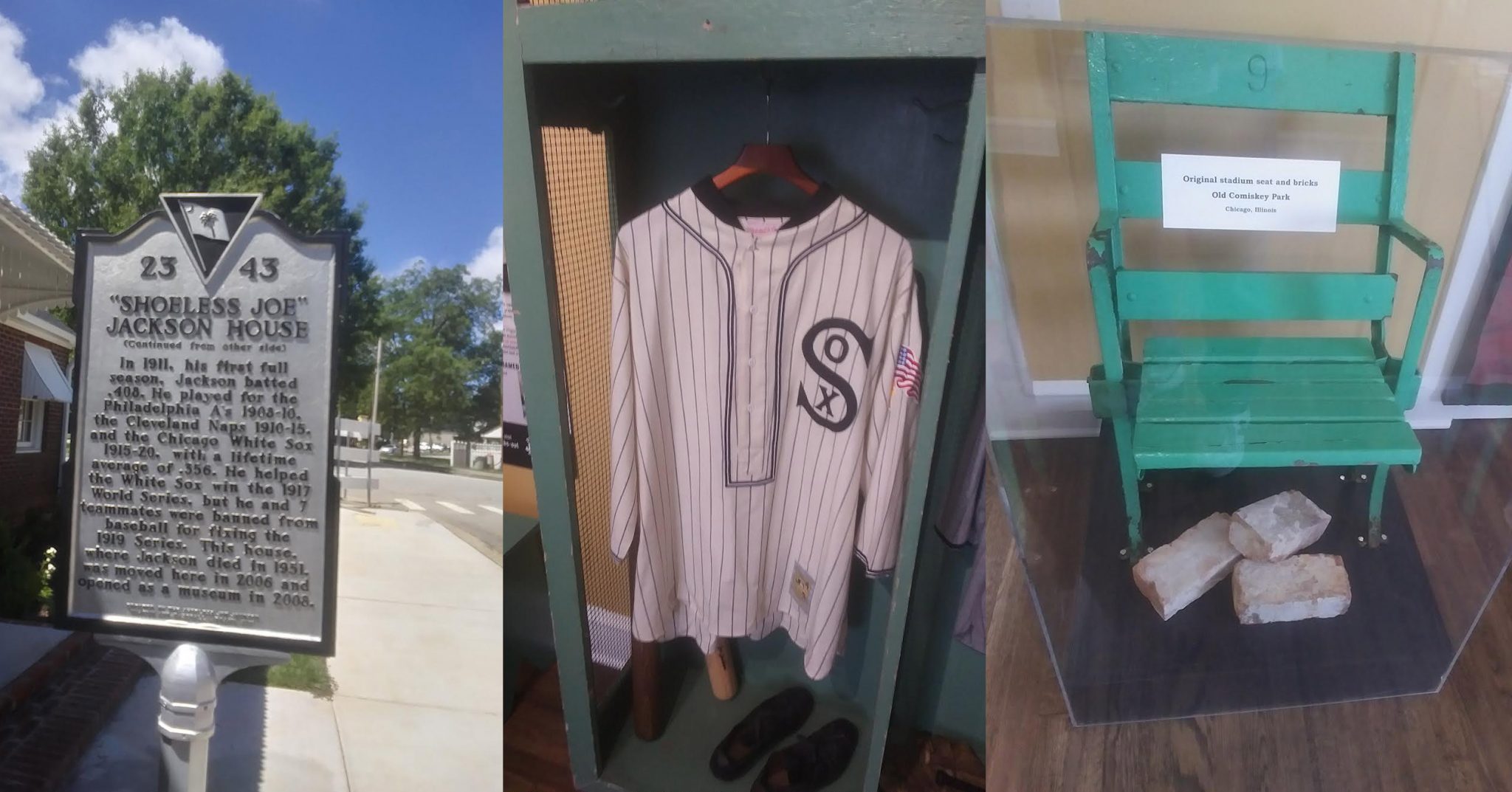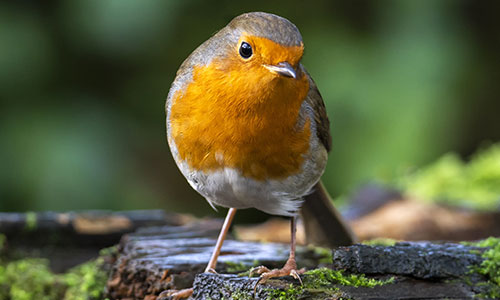History of the Bushwacking at Beaumont
One of the worst atrocities of the Civil War in the mountains of western North Carolina occurred at the estate of Flat Rock resident Andrew Johnstone. The estate he named Beaumont was built around 1840 and was built out of mica-flecked granite from a quarry on Glassy Mountain, located on the estate of the Secretary of Treasury of the Confederate States of America C.G. Memminger.
On June 10, 1864, six soldiers claiming to be a detachment of a nearby company of Confederate soldiers, showed up at Beaumont demanding to be fed and their horses watered and fed.
Andrew Johnstone immediately did not trust the men and had his 15-year-old son Elliott hide some pistols in the pantry and he had a pocket pistol of his own.
After the men ate a hastily prepared meal by Johnstone’s servants, they all pulled their weapons as they were getting ready to leave. The first shot by the leader of the men hit Andrew Johnstone in the abdomen and the shot exited his back. Johnstone collapsed on the living room floor but not before he fired several wild shots of his own.
Young Elliott went to work. He ducked into the pantry to get the hidden pistols and two shots thudded into the wall above his head. He chased the men out of the house, emptying his pistols as he ran after them. One of the attackers fell in the doorway to Beaumont and Elliott wrestled his pistol away from him in a life-and-death struggle, and he continued chasing the others across the lawn.
Elliott killed four out of the six men with one dying on the front porch, two expiring on the periphery of the property and one being taken to a doctor’s office in Hendersonville where he died several hours later. No one knew the identity of the six men.
Andrew Johnstone died early that evening in his upstairs bedroom where he asked to be taken. The incident became known as the “Bushwhacking at Beaumont” and was reported in newspapers across the state.
Local legend has it that Andrew’s blood still stained the living room floor 150 years after he was killed and a marker with a devil’s head on top of it was placed where one of the bushwhackers died outside.
Local legend also has it that the ghost of Andrew Johnstone still haunts Beaumont. A man named Jack Lovingood bought the property in 1962 and my father was a caretaker for Mr. Lovingood. Mr. Lovingood lived in Beaumont for less than a week when he hastily had my father help him move to one of the smaller houses on the property. He told my father that the house was haunted and he was not living in it. The house was used for storage the rest of my father’s time there.
Beaumont is still there 175 years later and it has been remodeled several times over the years and, as of this writing, is on the market for about $1.5 million.
- Dan Gibbs







